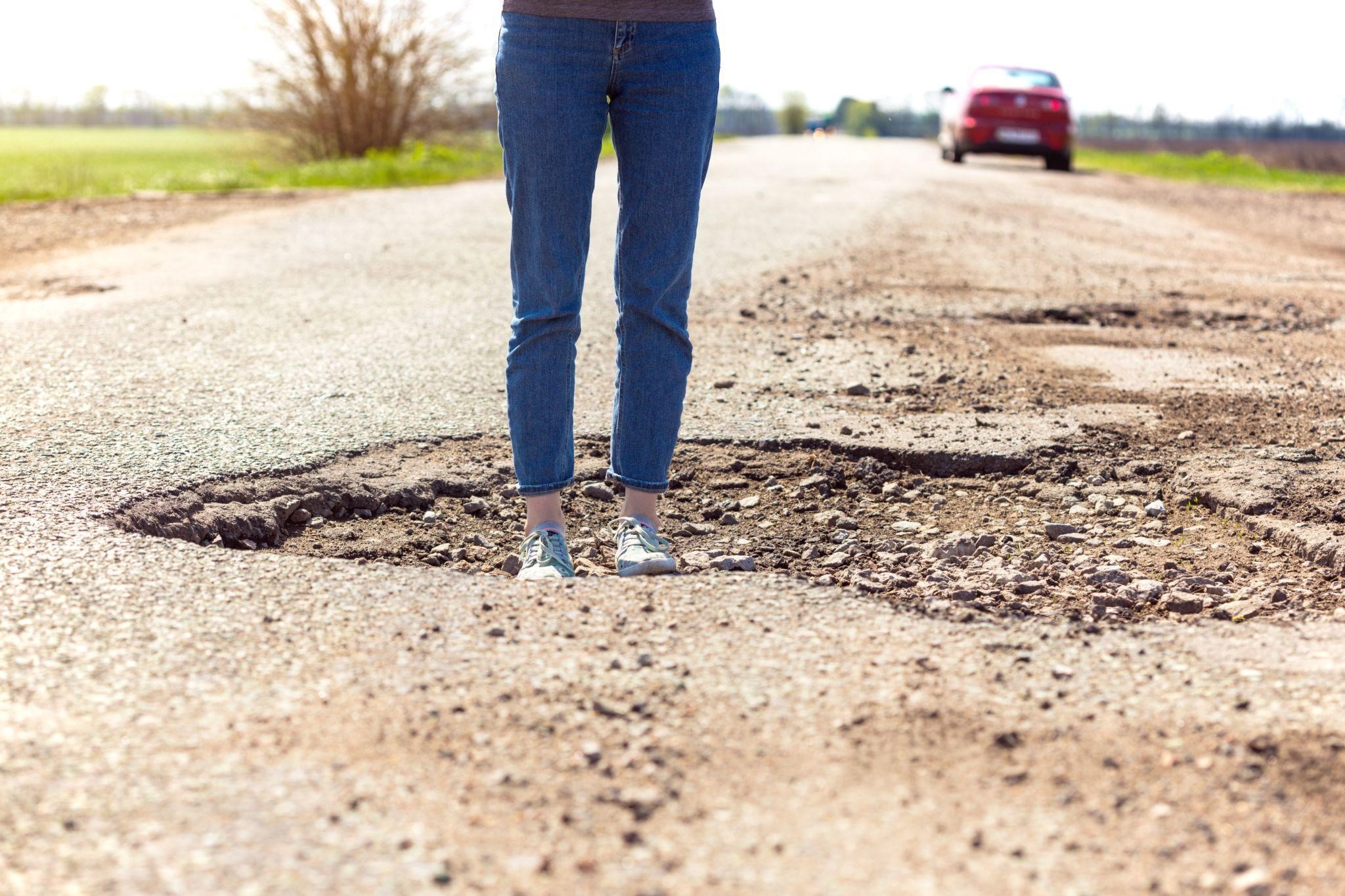How to minimize damage when driving on bumpy roads

Unfortunately, not all roads are smooth. And as a driver, there are times when you even feel bad after miscalculating your run on a rough road. You clutch on the steering wheel and wait for that loud thump.
Driving on rough, bumpy roads is fine from time to time and won’t do so much damage to your car. But if you are in a situation where it’s a daily thing, you might want to consider some things to protect your car’s tires and suspension.
Possible car damages from bumpy roads
Damage to tires
Incorrect tire pressure and nasty potholes are not a good combination. A bump bad enough may result in tire bubbles due to pressure pinching the tire sidewall. It can get awful with frequent driving on bumpy roads to the point that tire structure is compromised.
Damage to wheels
Good quality wheels are made to withstand use and abuse, but with some aftermarket wheels, this may not be the case. Bad bumps may cause cracking or bending of wheels of substandard quality. Meanwhile, OEM-supplied wheels may suffer hairline fractures that may worsen over prolonged contact with bad roads.
Damage to suspension
And of course, your car’s suspension is not spared from the damage. The first to bear the damage from abuse on bumpy roads are the shock absorbers and then your suspension springs. Metal fatigue may result in a lower car ride because of the suspension springs not returning to their correct position after a series of hard bumps.
Preparation and possible workaround
You cannot avoid bumpy roads forever, but there are some ways you can reduce the damage they do to your car. Preparing for the worst always helps.
Go over the bumps smoothly
Never run fast over bumpy roads. You probably know that already. But never slam on the brakes when you see a bumpy patch ahead. Breaking hard will shift the car's weight to the front which is not a friendly case for your front suspension.
The best way to go through bumpy roads is to have the right control over braking and acceleration. You can’t really see where the tires are hitting, but you can always estimate and trust the feel of the road.
Avoid the bump
Sometimes, it’s an instinct that kicks in when you suddenly see a big bump ahead. Either you swerve to the side to avoid it or you brake real hard. Swerving is dangerous, especially at a high speed, but also because split decisions may not allow for proper checking of your surroundings. There may be something on the side that you can slam when you recklessly swerve. Braking is bad, too, as mentioned above.
Only avoid the bump by swerving to the side if the move is properly calculated. Otherwise, just roll over the bump without hitting the brakes or pressing on the gas.
Cars are expensive, and that’s because they must be made of sturdy materials, so trust that your car won’t break or die down just because of a few bumps. However, knowing what to do and executing it with care and caution can always save your car from unnecessary damage or wear.